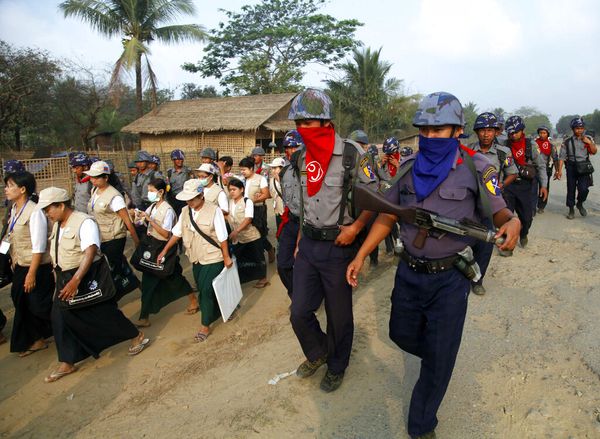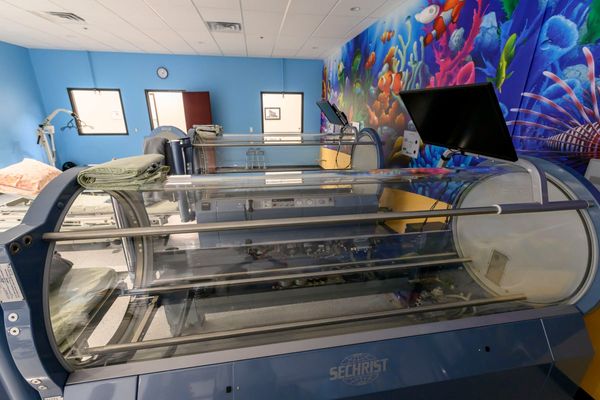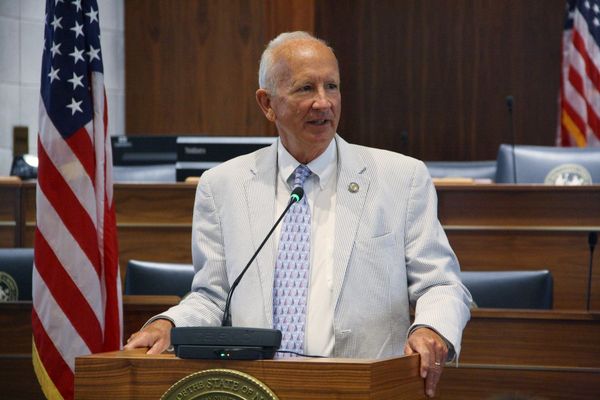It will likely come as no surprise to plenty of Chicagoans that many predominantly Black and Latino neighborhoods are not only food deserts — they’re also pharmacy deserts.
Residents of neighborhoods like South Shore, Roseland and Little Village are too often forced to drive miles from home or rely on mail order to fill prescriptions or obtain other items. If you don’t have a car, are elderly or have mobility issues that make public transit harder to access, don’t have a computer or reliable internet service — all of which are more common in lower-income neighborhoods of color — well, good luck if there’s no drugstore within walking distance.
“I would see it as a total nightmare,” as a longtime Roseland resident said in a new Sun-Times/WBEZ report analyzing pharmacy deserts in Chicago.
The term “pharmacy deserts” was coined back in 2014 by a University of Illinois at Chicago professor. It refers to areas where at least a third of residents live more than a mile, or over a third of residents with “low vehicle access” live more than a half-mile, from a pharmacy.
Pharmacy deserts are not unique to Chicago either. In other big cities, like Los Angeles and Houston, Black and Latino residents also lack access to nearby drugstores, as a May 2021 report from the University of Southern California found.
Yet Chicago has the shameful distinction of being the city with the widest gaps in pharmacy access between predominantly Black and white neighborhoods, according to Dima Qato, the former UIC professor who is now at USC and the senior author of the report.
As pharmacies continue to play an ever-larger role in our health care system — providing COVID tests and vaccines, flu vaccines, wellness visits and, here in Illinois, contraception prescribed by a pharmacist instead of a doctor — it’s essential that all Americans have access to a nearby drugstore.
Supporting independent pharmacies struggling to stay financially afloat in communities that chain pharmacies have abandoned is one idea we like. Qato suggests higher reimbursement rates for Medicare and Medicaid, to help out independent pharmacies in communities that typically have large numbers of residents who rely on public health insurance.
Illinois, as well, should figure out how to boost or expand its Critical Access Pharmacy program, launched in 2019 to provide subsidies for pharmacies in rural and underserved areas, so that more pharmacies can benefit.
Pharmacy deserts, like food deserts, are not new. The next step is to make them a thing of the past.
The Sun-Times welcomes letters to the editor and op-eds. See our guidelines.







